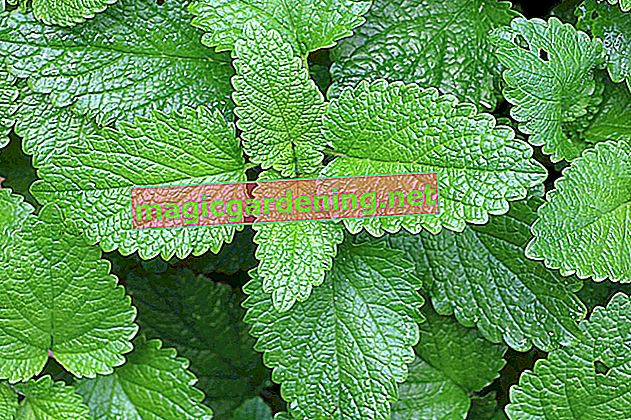
The location - depending on the species, sunny to shady
Take a look at your balcony or terrace: Does the sun shine there during the day or does the shadow gain the upper hand? Depending on the location, you should choose the ornamental grass that you plant in the tub.
also read
- Under what circumstances should an ornamental grass be overwintered?
- Properly overwinter pampas grass outdoors or in buckets
- Caring for switchgrass properly - this is how the ornamental grass makes it big
The following types of ornamental grass, for example, are well suited for bucket culture and are also visually appealing:
- Broad-leaf sedge (ideal for shady areas)
- Dwarf Chinese reed
- Fescue
- Red bristle grass
- Japanese blood grass
- Love grass
- New Zealand wind grass
- Diamond grass
- White-colored pile tube
- Fuchsia sedge
- White and white dwarf sedge
- Golden rim sedge
Planting in the tub: the substrate is crucial
In addition to the location and a sufficiently large bucket (at least 20 cm diameter), the substrate is decisive. Some grasses prefer dry soils such as pampas grass. The other grasses prefer moist and nutrient-rich soils. This includes, among other things, the Chinese reed.
Basically you can use any conventional potted plants or green plant soil (no potting soil!). The following characteristics are important:
- permeable
- relaxed
- moderately nutritious
- not prone to waterlogging
- neither too acidic nor too alkaline
How are the potted plants overwintered?
Most of the known ornamental grasses are hardy. But this only applies to ornamental grasses that have been planted outdoors and are surrounded by a thick layer of soil. In the bucket there is a risk that the plants will freeze through in winter and then die.
For this reason, you should protect your ornamental grass in the tub in winter. Towards the end of October, the area of the planter is covered with fleece or jute. Other insulating materials are also suitable. Then place the vessel in a protected place on a wooden or styrofoam block, such as on the balcony against the house wall.
Tips
Don't forget to water your ornamental grass in winter too. Its root area should not dry out, but rather be kept slightly moist.







